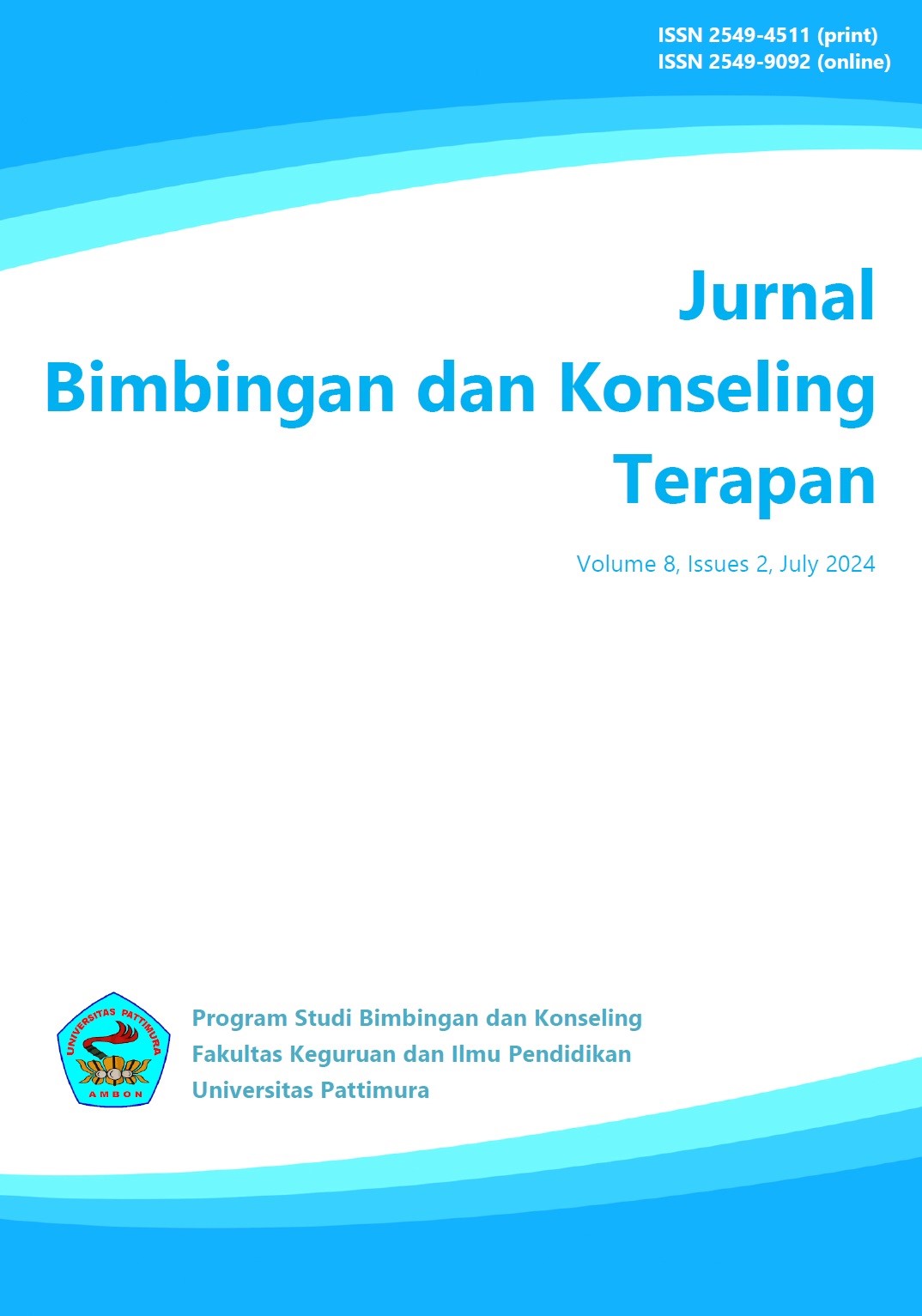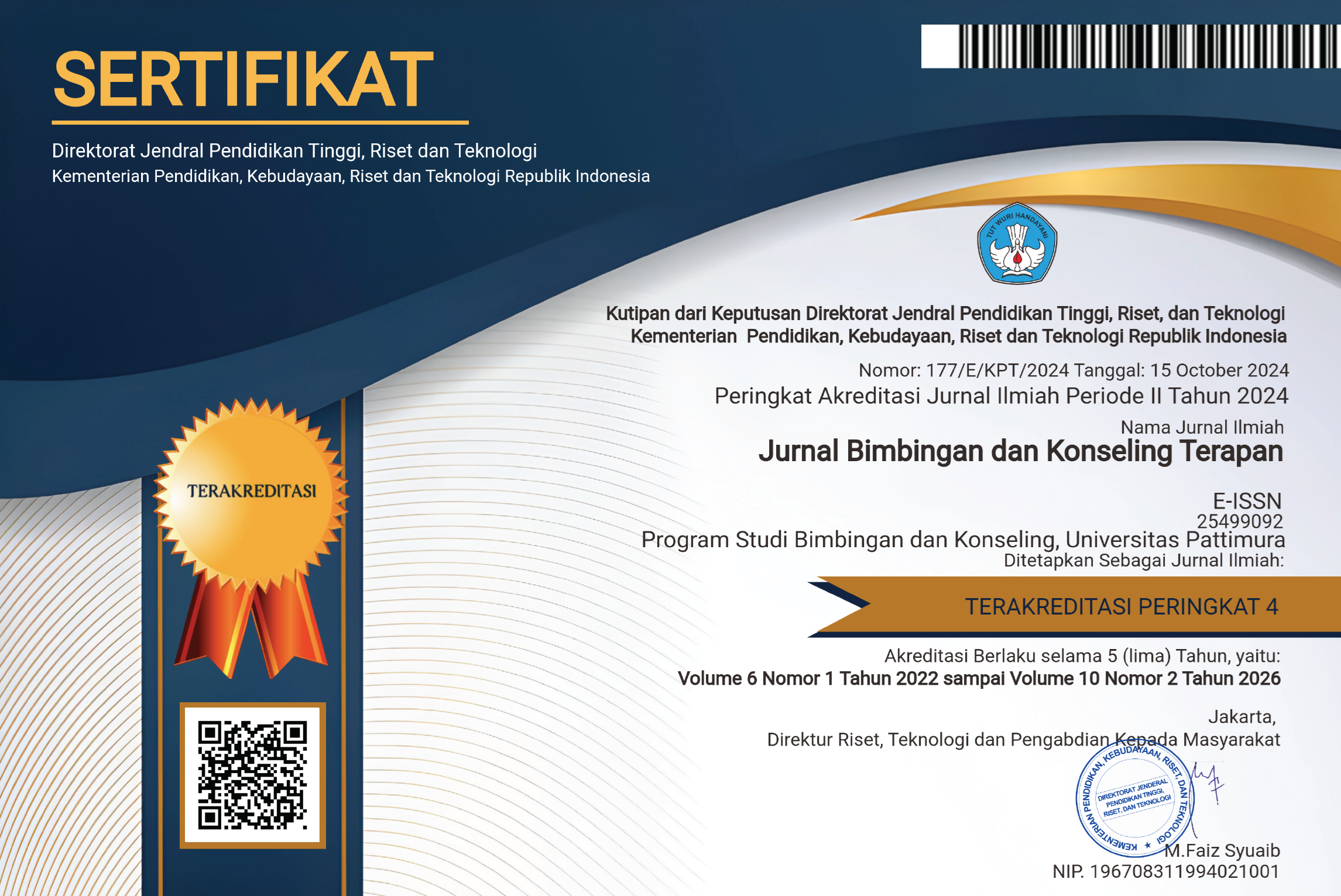Neuroticism and the Fear of Missing Out: Exploring Psychological Outcomes in Young Adults
Abstract
The rapid evolution of digital media has significantly shaped communication patterns and social interactions, particularly among young adults. This study explores the correlation between neuroticism and the Fear of Missing Out (FoMO) among students at Universitas Kristen Satya Wacana, with a focus on understanding how these elements impact psychological health and social behaviors. Utilizing a quantitative correlational design, the research investigates how the personality trait of neuroticism predicts the extent of FoMO, a condition exacerbated by intense social media engagement. The sample comprised 158 active university students who engage in over three hours of social media usage daily. Data were collected via the Fear of Missing Out Scale and the Neuroticism Scale from the NEO-PI, administered through Google Forms. The findings reveal a significant positive correlation between neuroticism and FoMO (r = 0.704, p < 0.01), indicating that students with higher levels of neuroticism are more likely to experience FoMO. These results suggest that neuroticism may enhance sensitivity to social media cues, thereby increasing feelings of anxiety and the fear of being left out of rewarding social experiences. The study highlights the need for targeted psychological interventions and educational programs to mitigate the impacts of FoMO and promote healthier social media habits. This research contributes to the broader discourse on the psychological effects of digital technologies, emphasizing the importance of addressing underlying personality traits that predispose individuals to digital vulnerabilities.












